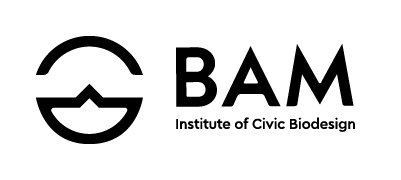Whittier Neighborhood
Named after abolitionist and poet John Greenleaf Whittier, this core neighborhood remains a diverse and critical community for central Sioux Falls. It has sometimes been called “Ellis Island of the Plains” for it’s remarkable diversity.
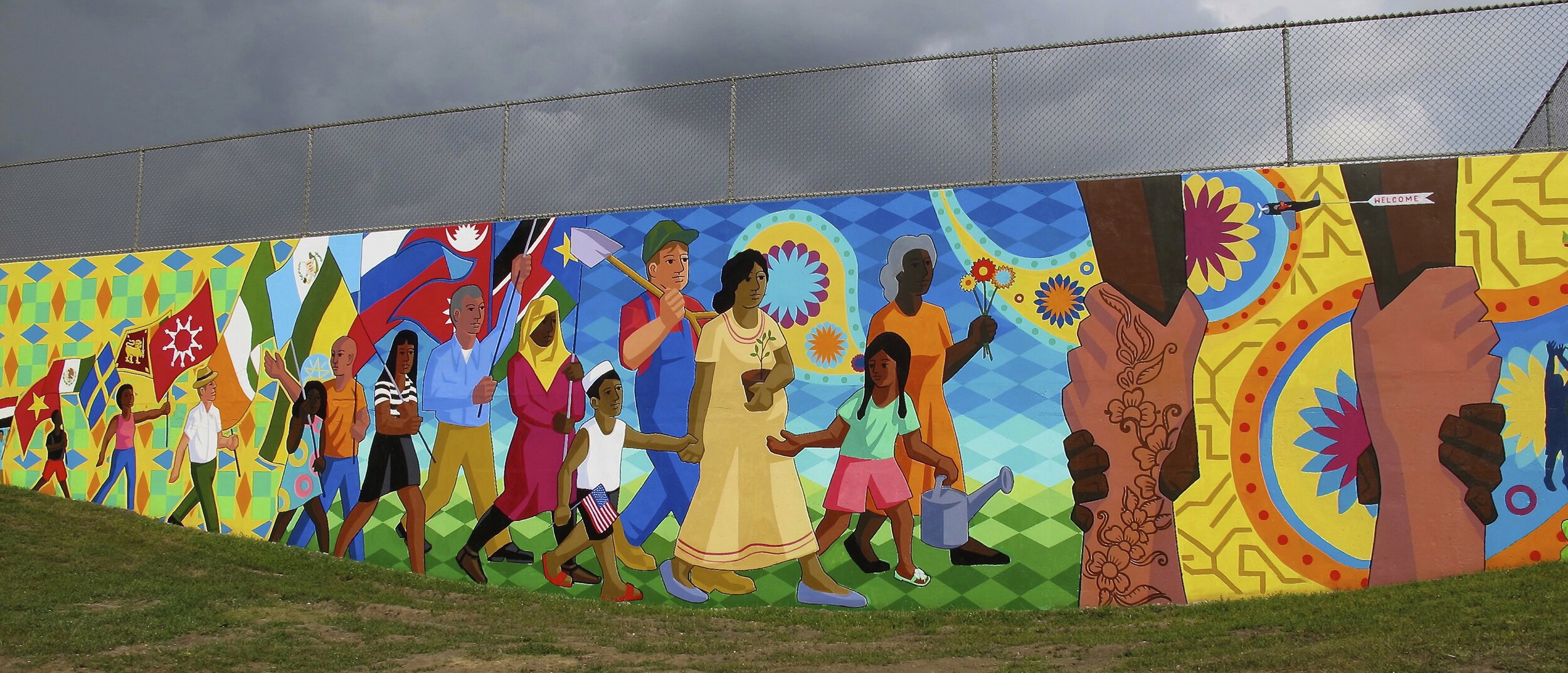
Quick facts about Whittier
-

Big little community.
With 1800+ homes and 2800+ residents, Whittier would be the 20th largest city in the state if it stood alone.
-
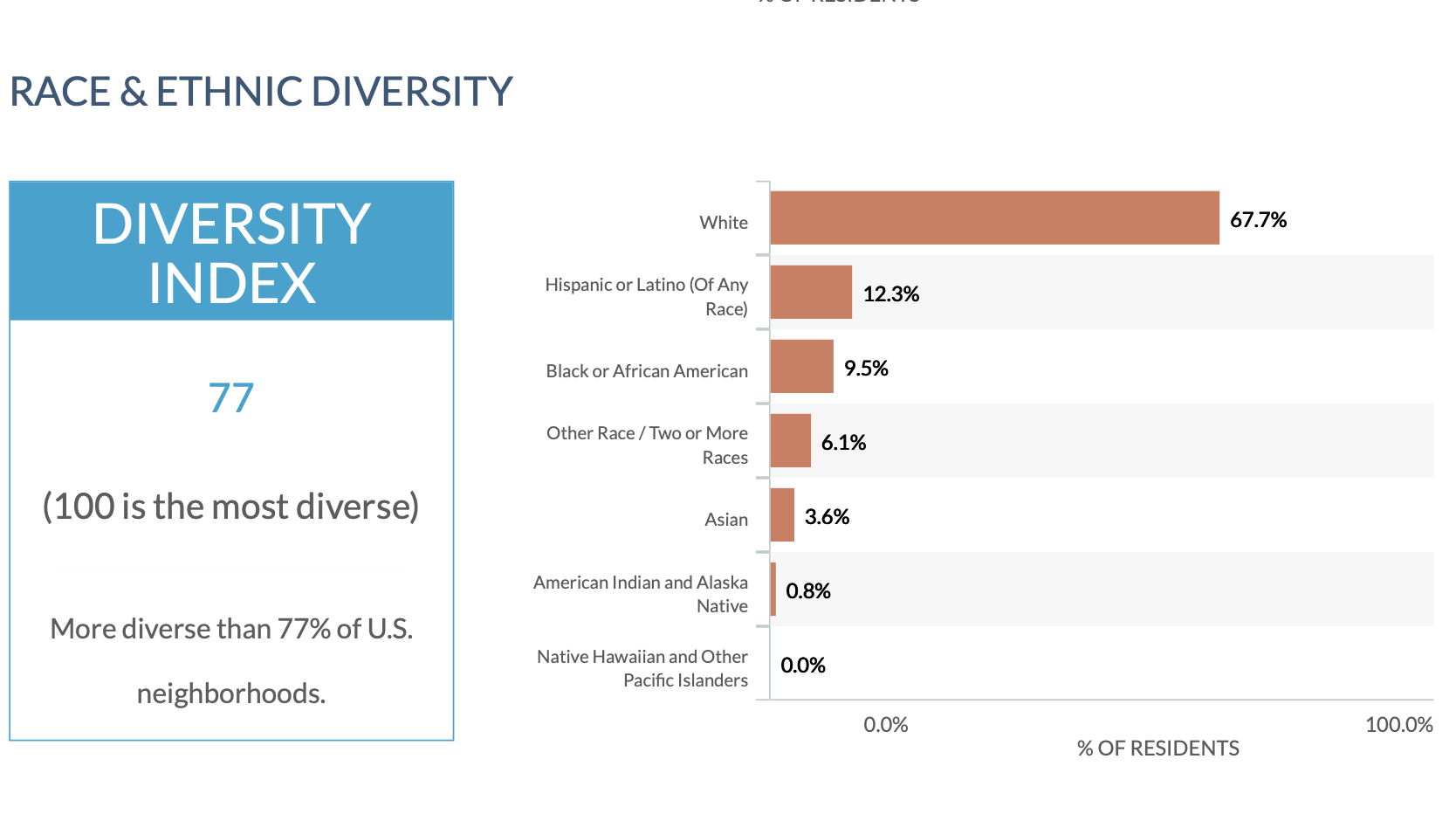
A diverse future.
Whittier is 20% more diverse than Sioux Falls at large. As Sioux Falls becomes more diverse it will look to neighborhoods like Whittier for leadership.
-
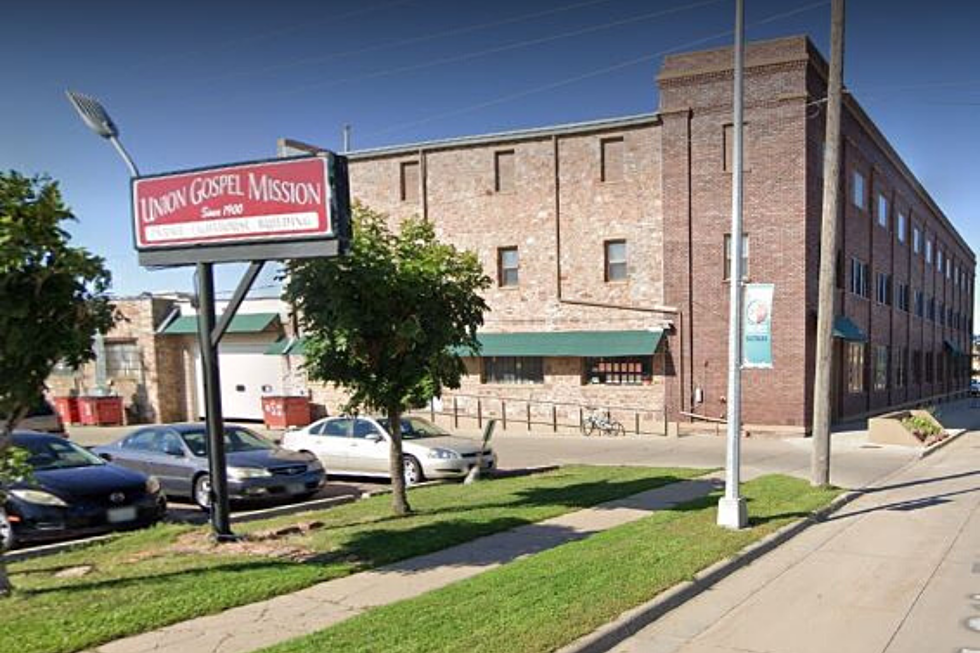
Homelessness epicenter.
Nearly all of the community services including shelters, kitchens, and clinics for the homeless population of the entire city is within the borders of Whittier serving nearly 400 people. Whittier’s homelessness burden by population is 71x greater than the city at large.
-
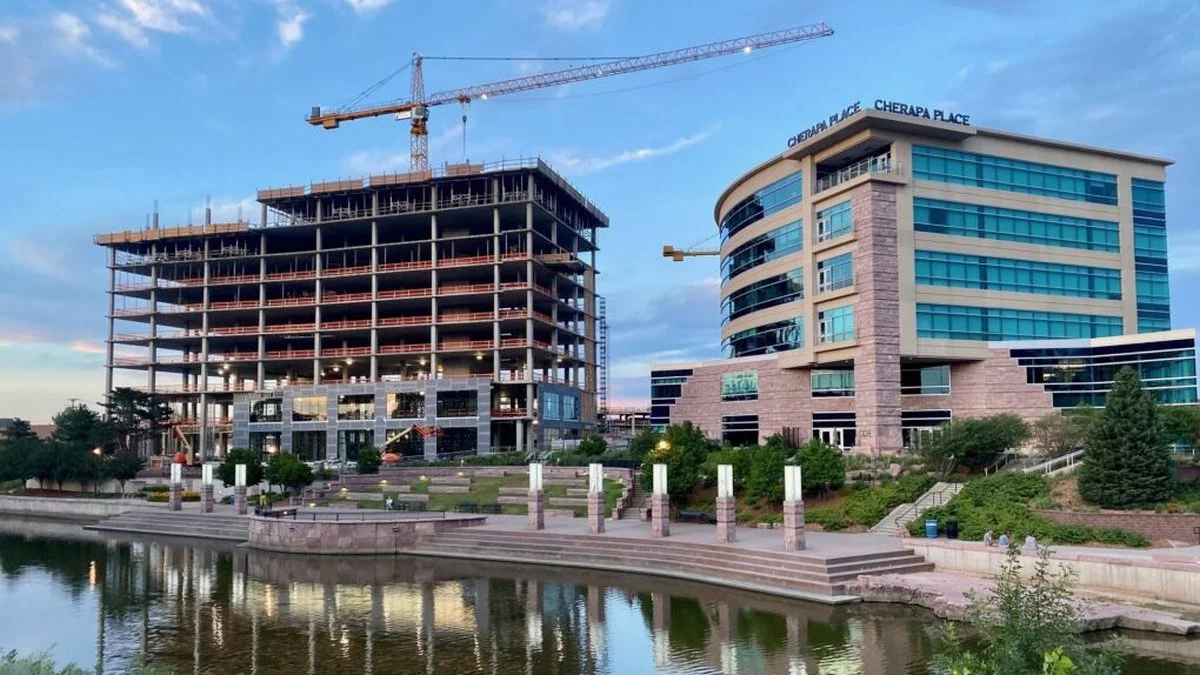
Bordered by change
Nearly $500 million in development is happening just across the street to the west of Whittier. The city just announced a potential baseball stadium to the south. Whittier is in the middle of some of the most significant developments in the city.
Whittier Community Assets
-
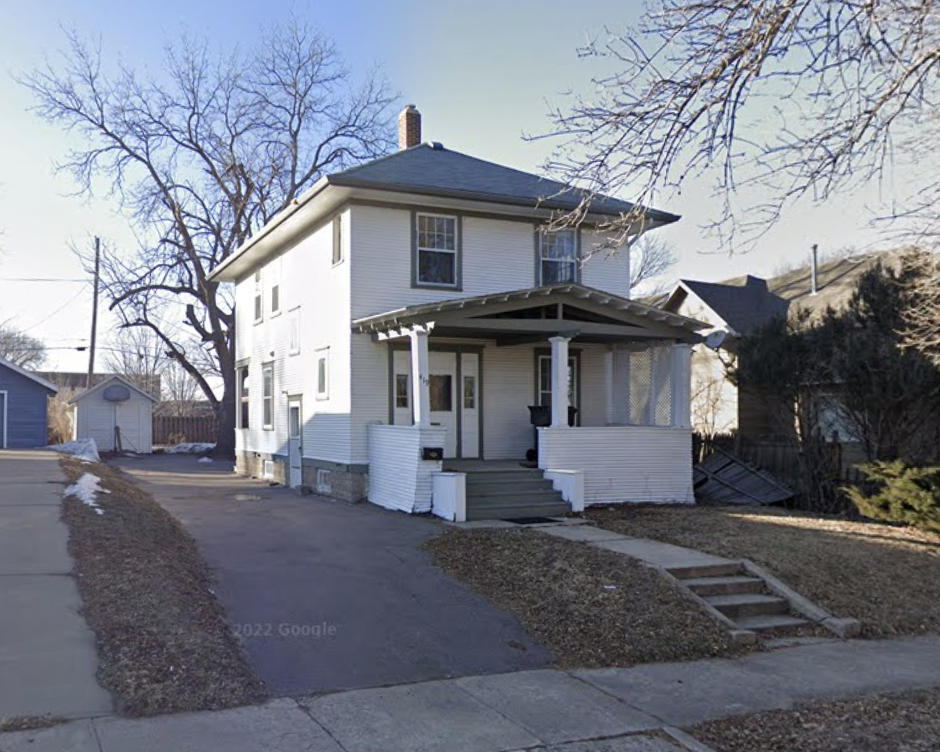
High home ownership
70% of Whittier residents own their own home vs 60% with the city at large.
-
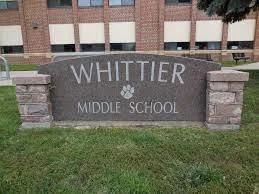
Established schools
Originally called East School, Whittier Middle School has served the neighborhood since 1883.
-

Diverse neighbors
Whittier is 20% more racially diverse than Sioux Falls at large.
-
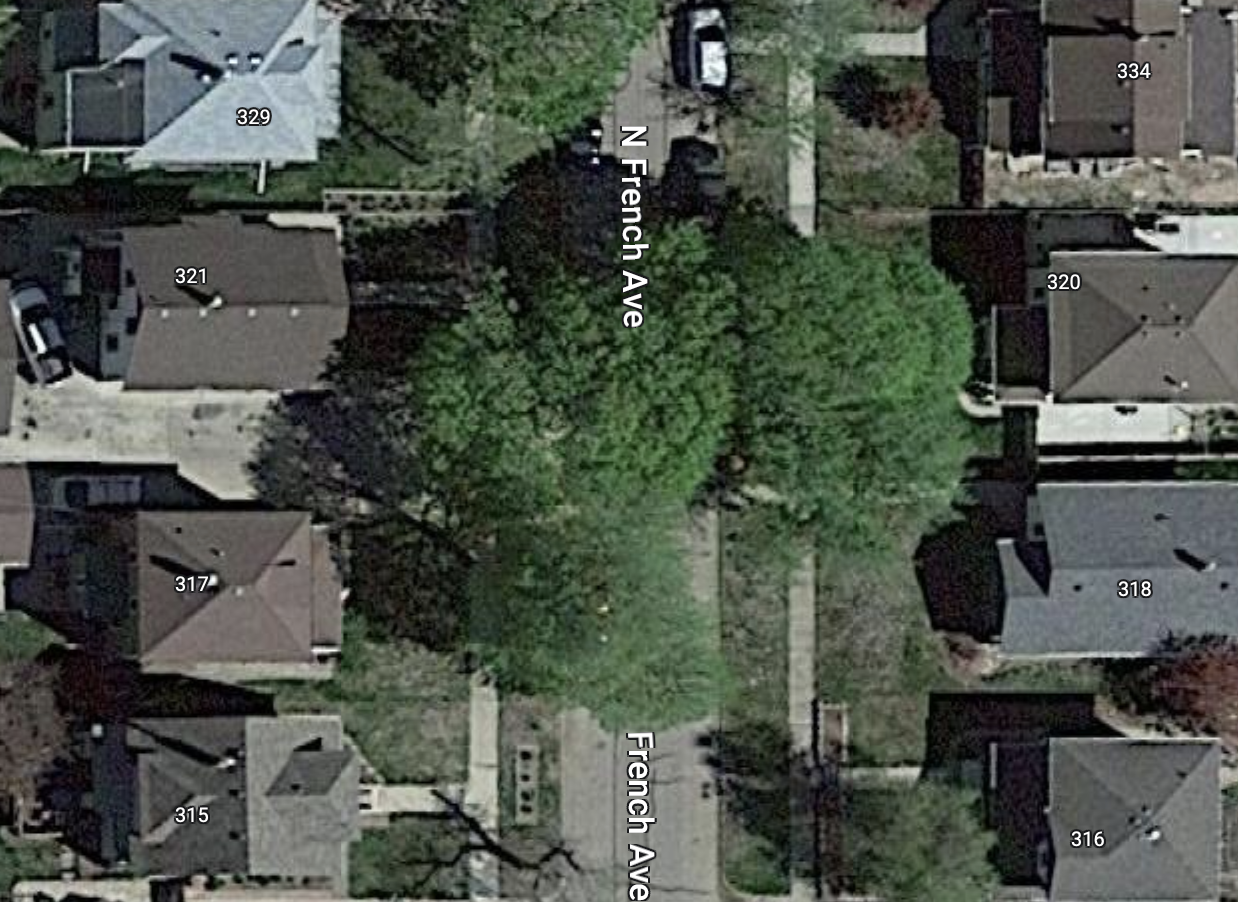
Established tree canopy
Like many of the core neighborhoods, Whittier benefits from hundreds of large old trees.
The World Comes to Whittier.
A short documentary regarding the photo of the mural at the top of the page on display in Meldrum Park on 6th Street.
More at https://www.daveloewenstein.com/whit
